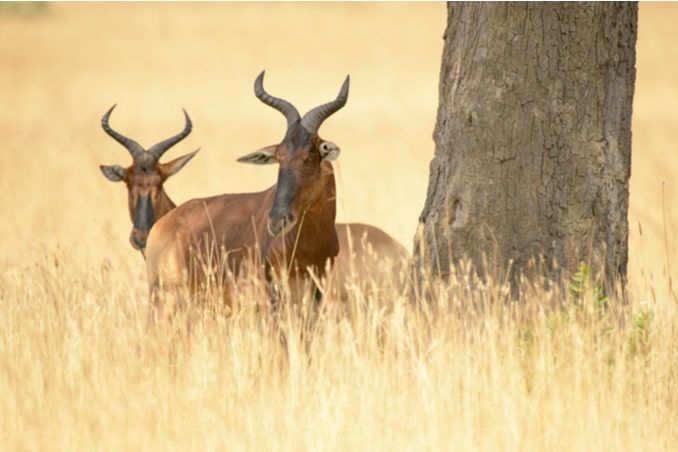Last updated on December 18th, 2021 at 07:04 am
Ethiopia is one of the rich variety of wildlife in Africa. Ethiopia has a large Variety of Indigenous Plant and Animal Species. The most common wild animals include leopard, cheetah, lion, civet, serval, African bush elephant, bushpig, gazelle, antelope, ibex, kudu, dik-dik, oribi, reedbuck, Somali wild ass, Grévy’s zebra, hyena, baboon, numerous species of monkey and thousands more. It is therefore illegal to hunt wild animals without government permission.
Ethiopia is grappling with wildlife poaching, and the illegal killing of wildlife is threatening the world with many forms of extinction. An article published by National Geography states that wildlife is widely hunted, with millions of individual animals killed or captured in their habitats.
Like the rest of Africa, Ethiopia is heavily hunted by elephants for commercial purposes. The proliferation of elephants and rhinos in recent years may have led to the demand for illegal wildlife products, but the instability and the presence of unarmed non-state actors from the countries from which they came has provided the ideal conditions for hunting.. At this stage, there must be a distinction between hunting for necessity or self-sufficiency, and organized crime.
In Ethiopia, poaching poses a serious threat to elephants, rhinos, and other endangered species, as well as small and endangered species, such as the sun and some monkeys.
Like the rest of the wildlife in Ethiopia, it faces significant threats from poaching and illegal wildlife trade. Increasing population and expanding development activities such as farms near PAs are contributing to the loss of wildlife habitats.
Wildlife hunting eliminates the beauty of the land and the trade generated by tourists. Wildlife may also escape as the hunt increases. That is why Ethiopia has strict laws against poaching. Wildlife is one of the main contributors to Ethiopia’s GDP.

